Key Takeaways
- BarnBridge brings traditional risk-management tools and fixed income to DeFi.
- The protocol’s offering may appeal to institutional players looking to enter crypto.
- The platform is still in its early stages of launching. the product is planned for partial launch in Q1, 2021.
Share this article
The potential impact of crypto on traditional finance (TradFi) and institutions has been discussed for years. People like Blythe Masters, who helped create the infamous credit-default swaps, got interested in Bitcoin long before its price went over $19,000.
One of the blockchain’s most potent disruptive forces has been automation. TradFi has dozens of intermediaries in every service, each increasing the costs for the end-users. DeFi can reduce these costs.
While DeFi has a significant potential to take a bit out of an industry worth trillions of dollars, its ecosystem is not mature enough to satisfy institutional needs. Many well-known TradFi primitives have to be ported to the blockchain before big players arrived en masse.
BarnBridge is one of the projects that extend the DeFi functionality to increase its flexibility and efficiency. The team addresses some key aspects of institutional activity, such as risk management and access to fixed income instruments.
The Problem of Traditional Finance
Risk is the cornerstone of any type of financial management. Whether an individual or a large corporation, every market player has to estimate their risk appetite.
Managing risk is more critical and challenging for institutions because of the complexity of their operations. Hence, large players need to fine-tune their exposure to various financial instruments to prevent from going underwater if things turn sour.
On top of that, companies have liabilities, so they need steady cash flows to meet them. Predictable income streams enable financial planning, which in turn helps with outlining long-term development strategies.
Fixed income is also essential for wealth management firms. The larger a portfolio is, the more one has to think about preserving capital rather than growing it. Hence, making small but regular gains via low-risk investment vehicles makes more sense to wealth managers.
With the help of fixed income instruments like government or corporate bonds, institutions and wealth managers can give up some of the risks to make their investments safer and more predictable.
The problem of the fixed income is the trends in the monetary policies of governments. For instance, The Federal Reserve dropped the interest rate to 0-0.25% in 2020.

Low-interest rates negatively affect bond yields. For example, the two-year treasury rate is down to 0.14% from almost 3% in 2018.
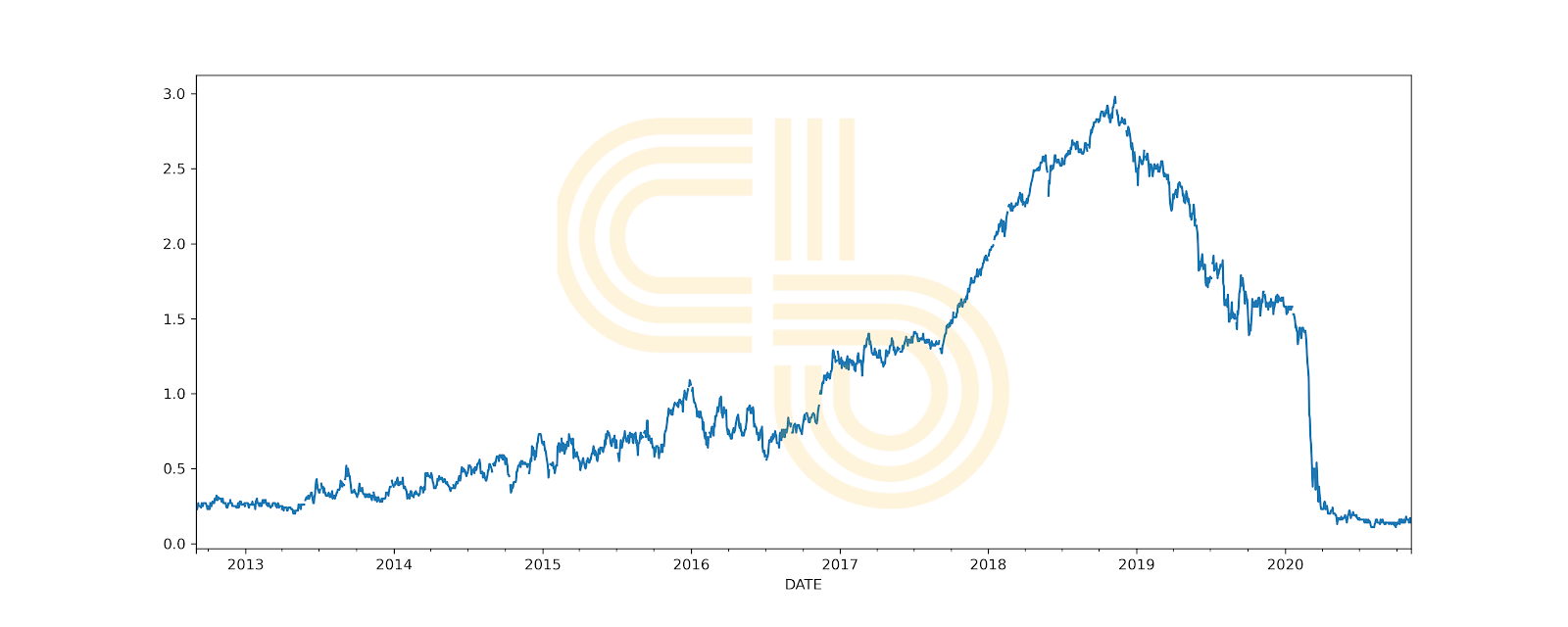
Low-interest rates cause big players to starve for yields. The situation is exacerbated by various costs that institutions have to pay to various intermediaries when they invest.
Financial intermediation costs are still as high as 100 years ago, despite the advent of information technology.
DeFi Advantage
While TradFi struggles with providing high yields, DeFi yields are on the rise.
Since the introduction of the Compound’s liquidity mining concept, the niche rallied both in terms of total value locked (TVL) and yields.

At the peak of the DeFi craze, some platforms offered annual percentage yields (APYs) of thousands of percent. While such gains are far from sustainable, it highlights DeFi’s potential in terms of yield generation.
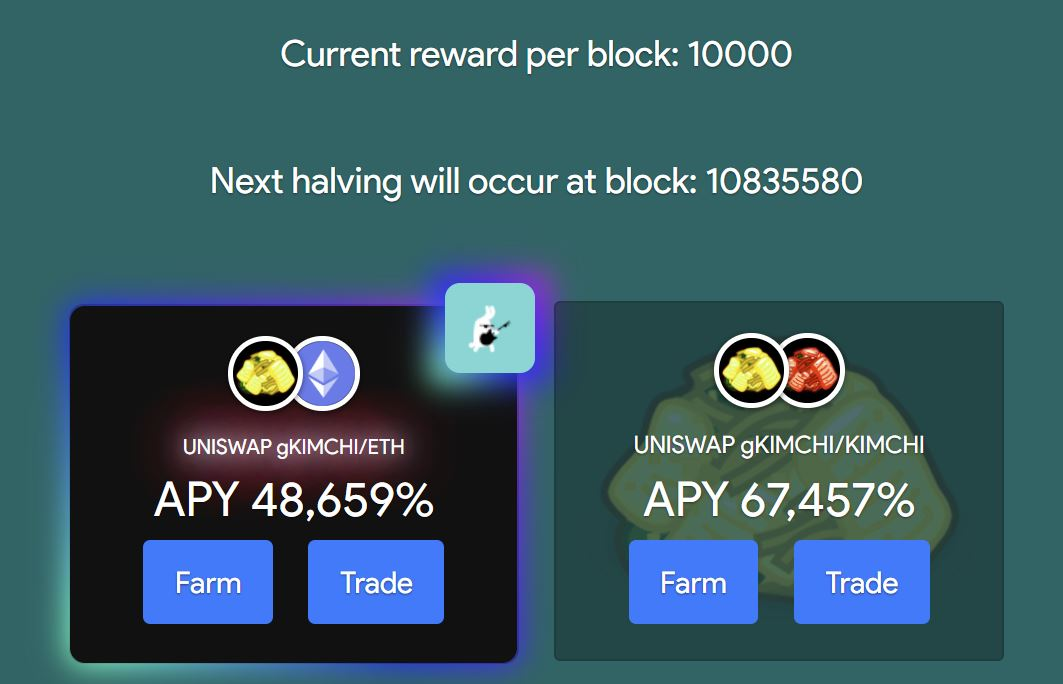
More sustainable DeFi platforms like Compound and Aave provide over 5% APY on some assets. On top of that, yield optimizers like yEarn can increase APYs to over 10%.
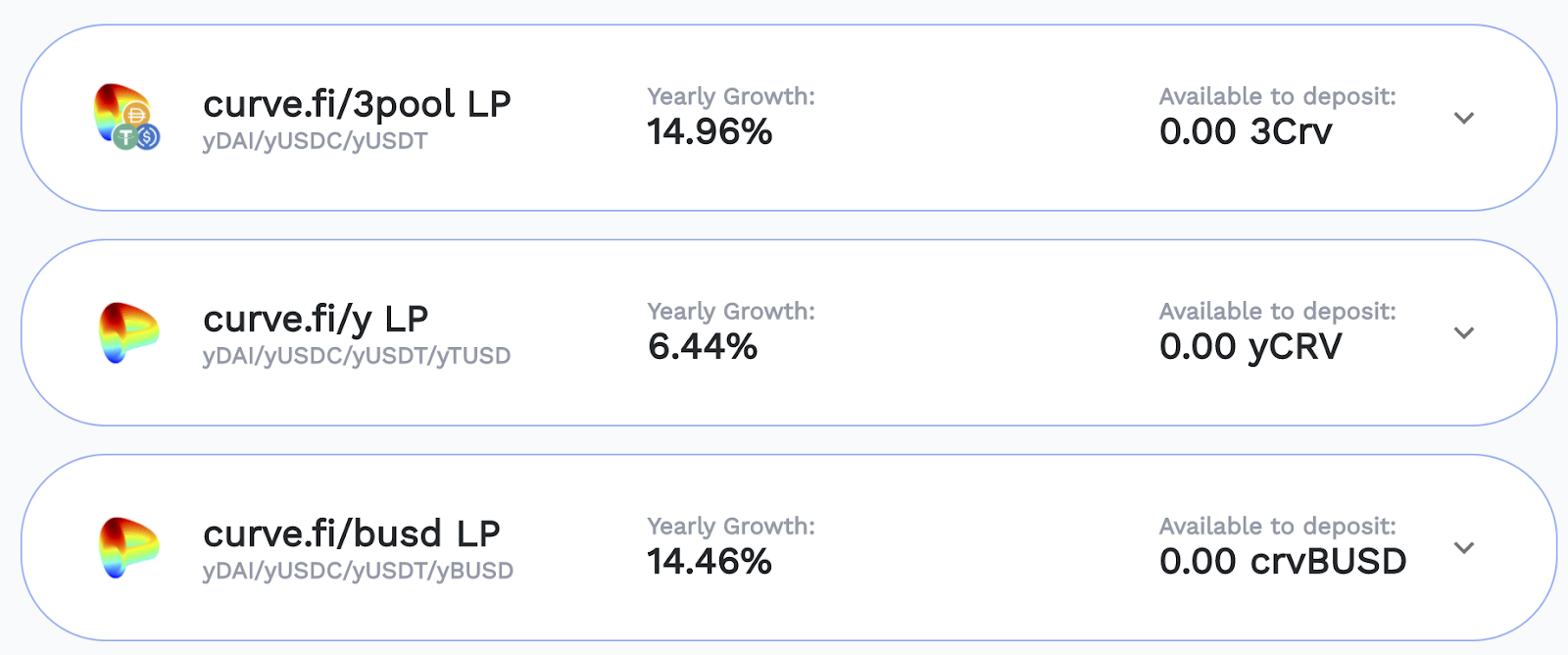
The downside of DeFi platforms is that they don’t offer fixed income. Moreover, adding crypto to a portfolio means taking substantial risks, as crypto assets are far more volatile.

BarnBridge plans to fix this, making lucrative DeFi APYs more accessible to TradFi players.
BarnBridge Solution
BarnBridge focuses on splitting crypto risks into buckets (tranches), so that market participants can invest in various products or assets depending on their risk profiles.
Consider a wealth manager interested in gaining some fixed income in DAI. Without BarnBridge, it’s impossible, as the interest rates on platforms like Aave and Compound vary. The manager lends DAI out and hopes that the APY remains on their desired level, which is risky.
If APY suddenly drops, the manager won’t meet their liabilities, which will damage their business. On the other hand, if APY skyrockets, the manager will make stakeholders extra money. However, the manager prioritizes safety over upside potential.
With BarnBridge, the manager can give up some possible gains for better predictability of cash flows. To do so, they put money in a SMART yield bonds pool on BarnBridge.
As the manager enters the fund, they specify a risk bucket. Depending on the pool, there may be low (senior), mid, and high (junior) risk buckets. The manager selects the senior tranche to be on the safe side, locking their APY at 5%.
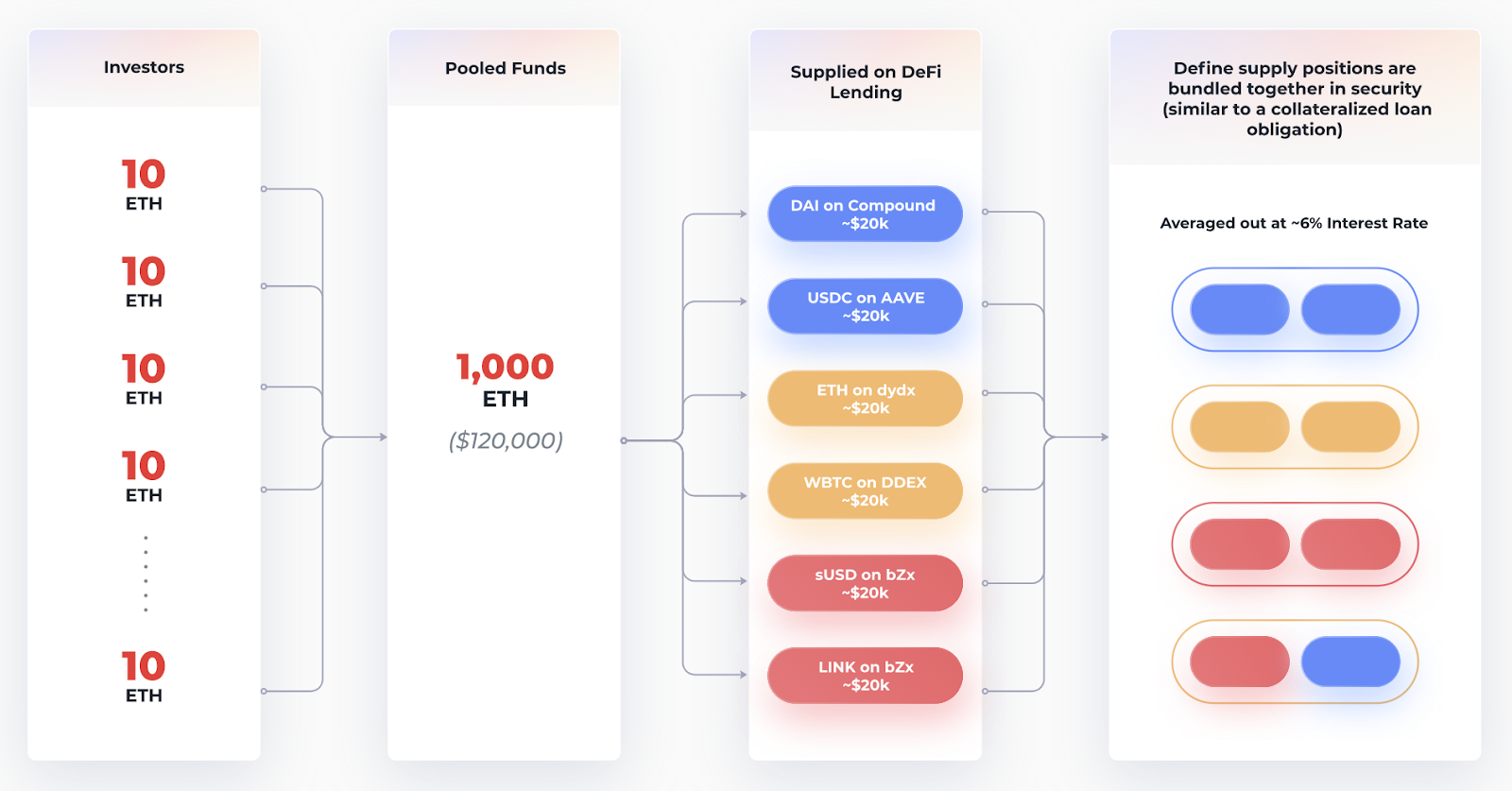
As proof of liquidity provided to the pool, the manager receives tokens, which represent ownership. A unique type of token represents each tranche, and the tokens are tradable. Hence, a manager can exit their position before the pool matures by selling their ownership tokens.
Importantly tranche tokens are different from the protocol’s native BOND token, used for staking and governance.
BarnBridge will connect to Aave and aggregate yield from the platform on its smart contract. When the pool matures, it will distribute the yield across the investors, depending on the tranches they bought.
With the senior tranche tokens, the manager will be the last to take the pool’s risks. If the pool makes less than 5% APY, BarnBridge will use junior tranches to ensure the APY for senior tranches.
Conversely, if the pool does exceptionally well, junior tranches will get most of the yield.
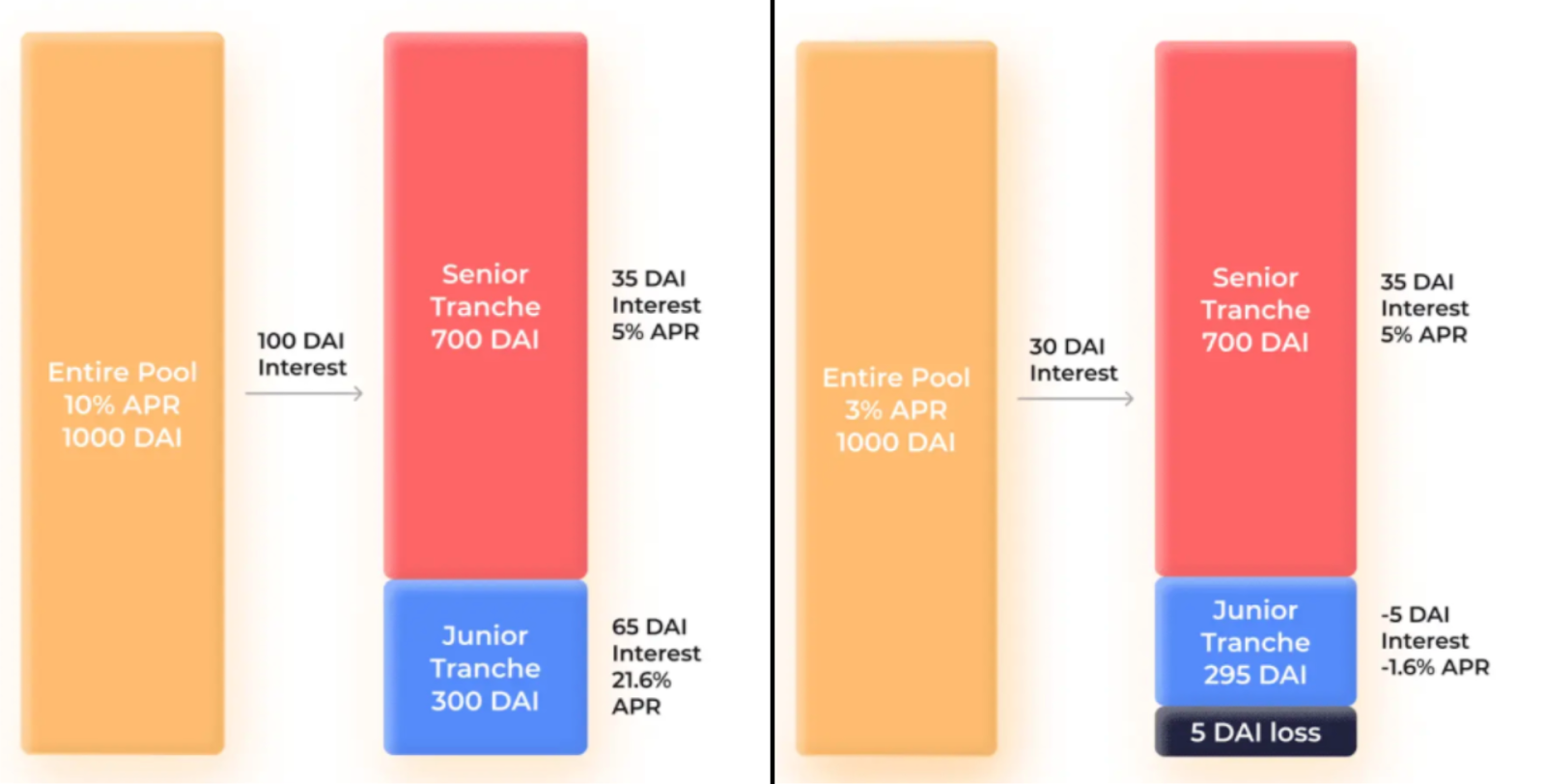
A similar architecture applies to having price exposure to crypto assets through BarnBridge. Some TradFi institutions are already putting crypto on their balance sheets, but BarnBridge will better control their risk with such a volatile asset class.
Consider a corporate finance specialist who explores ways for their company to get crypto exposure. They may choose to buy crypto directly on Coinbase, invest in Grayscale products, or use BarnBridge.
Neither owning crypto directly or gaining exposure through shares limits the company’s risk. If the assets’ prices tank, the company will suffer from whatever losses occur. BarnBridge controls potential losses through tranches.
The manager puts the company’s funds in a BarnBridge SMART alpha bonds pool with ETH with other users, buying a senior tranche. The senior tranche means that the company only has a 30% risk exposure to ETH.
The funds will be kept in a pool until it matures. At maturity, the smart contract automatically sells ETH for any other asset specified and distributes the proceeds according to the types of tranches.
If ETH costs $100 at the time of the pool formation and goes to $110 by the time it matures, the company receives only $3 (30%) of the $10 profit. On the other hand, if ETH dips to $90 when the pool matures, the company will only lose $3 instead of $10.
On top of that, if the company wants to liquidate its crypto holdings to cover operational expenses before the pool matures, it’s possible to do because the tranches are tradable.
All interactions between users and BarnBridge are automated, eradicating intermediaries’ need, making the service cheaper than TradFi alternatives. The only factor that can change this is Ethereum’s low scalability, leading to high transaction costs.
The Pros and Cons of BarnBridge
BarnBridge brings missing pieces to the DeFi ecosystem. However, it still may not be convincing enough for the TradFi players to go the decentralized route.
While fixed income instruments are considered to have low risk, they aren’t completely risk-free. Cash suffers from inflation; governments and corporations can fail.
BarnBridge will unlock fixed income on DeFi, but institutions may consider the risks to be unacceptably high. The platform’s smart contracts may have bugs, or the app’s logic can be exploited like what recently happened to Harvest.
Moreover, BarnBridge can suffer from external factors, such as insufficient liquidity and low yield of platforms it connects to. For example, if there is not enough liquidity on Uniswap and BarnBridge SMART alpha bond pool tries to liquidate some assets there, the pool investors will lose money.
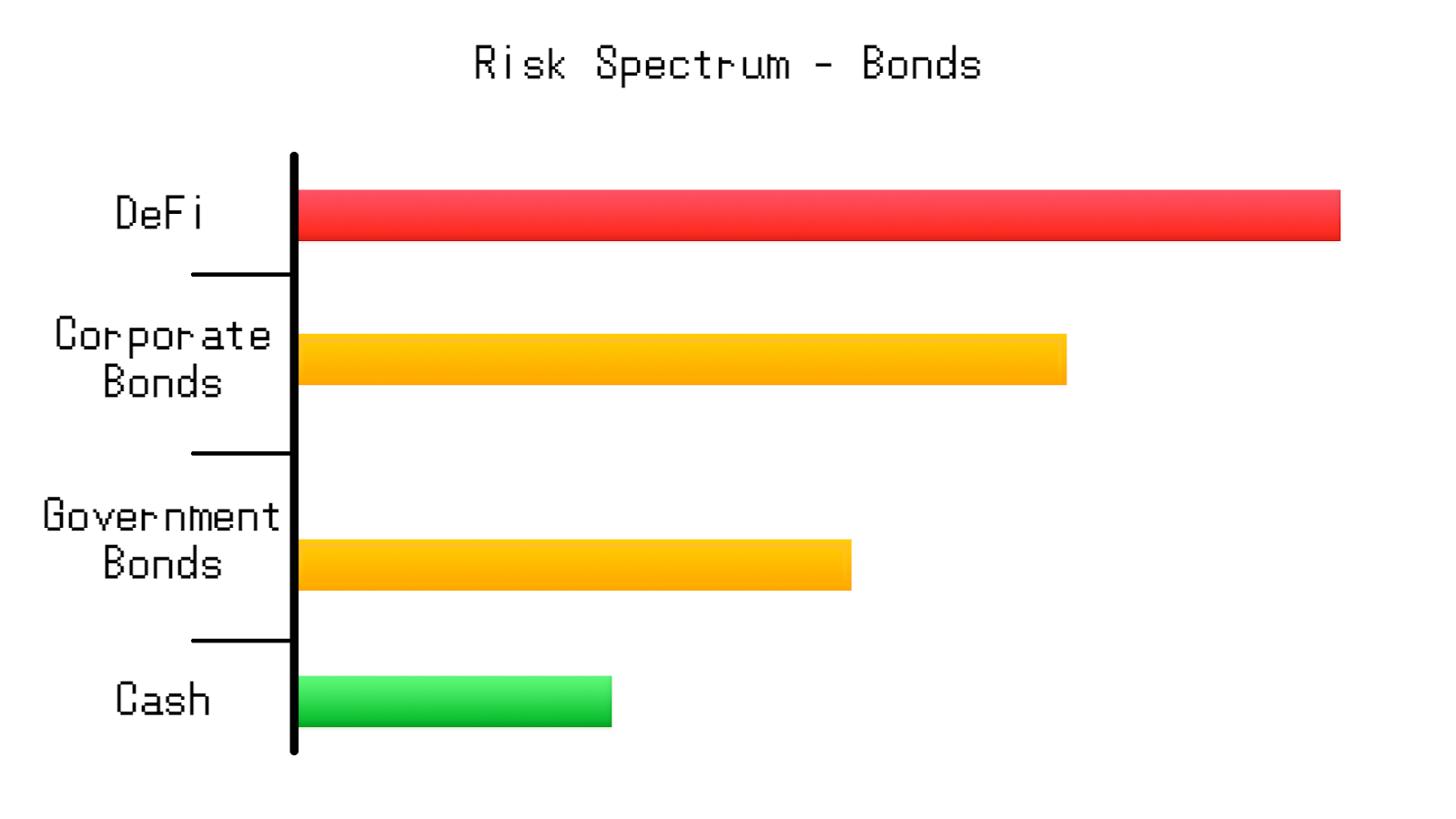
Finally, as DeFi evolves, so will BarnBridge. It’s currently the only solution aiming to provide fixed income in the space, but lending platforms will likely find ways to offer a similar service type.
The project’s co-founder, Tyler Ward, stated that the team expects fixed income instruments to start appearing. He added that BarnBridge’s advantage is that it can aggregate fixed-income yields and smoothen them out to increase the system’s efficiency as a whole.
Also, while BarnBridge is unique, DeFi has other platforms for hedging risk. Among them are option trading platforms like Hegic and Opyn. For some, especially traders, having these platforms is already sufficient for controlling risk.
Most importantly, none of the BarnBridge products are functional yet. The team plans to launch SMART yield along with the protocol’s DAO in Q1, 2021.
Still, BarnBridge marks an important milestone for DeFi evolution. It makes entering the space more customizable and predictable, which opens the space to a broader audience.
Finally, the project creates another pillar, on top of which other teams can build new primitives and advance the ecosystem further.
Community Reception
BarnBridge team is well-connected across the industry. As Ward shared in one of his interviews, many of DeFi influencers were available for communication during the bear market.
The team received a warm introduction to the DeFi community from Kain Warwick, the co-founder of Synthetix.
Do you like weird origin stories? You do? Good here is great one.
Early August I get an unsolicited email from a purported SNX holder. This happens pretty regularly, no idea how they get my email, probably @garthtravers’s fault…— kain.eth (@kaiynne) October 19, 2020
The community’s attention grows organically. At the time of writing, the project has over 6,000 followers on Twitter and 500 users in the official Discord.

Currently, the protocol only features liquidity mining for bootstrapping the community. Once the incentives are over, some users will likely leave the project.
Some members express negative sentiment due to BARN’s weak performance, which can be partially attributed to the increased circulating supply due to yield farming. Staking BARN isn’t available, so there is less incentive for holding.
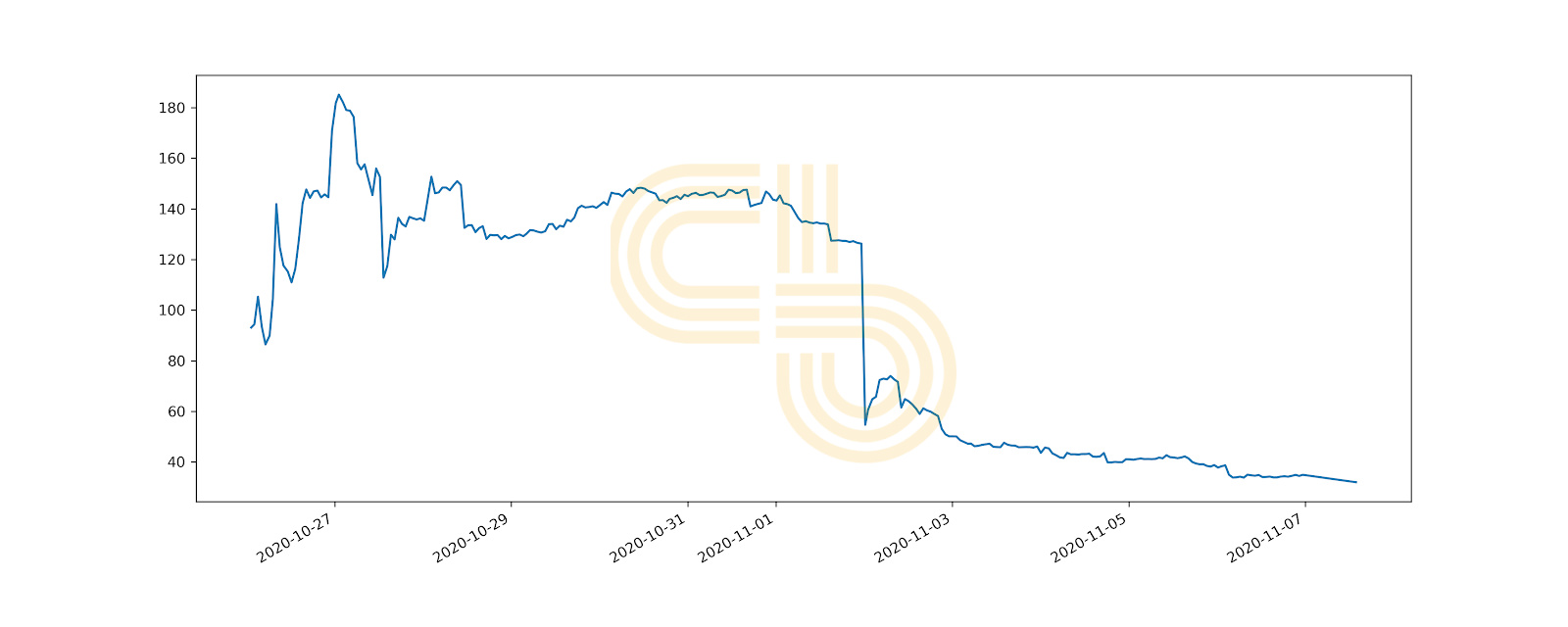
The Future of BarnBridge
BarnBridge’s concept can be extrapolated beyond creating derivatives atop yield and volatility. Risk has multiple forms, especially in DeFi, so that various products can be structured down the road.
From the TradFi perspective, BarnBridge can be used to increase the efficiency of equity trading. For instance, equities can be mirrored on platforms like Synthetix, and BarnBridge can enable exposure to them with customizable risk.
Overall, BarnBridge may be too early and small to ignite a massive inflow of institutions to DeFi. However, it creates a trajectory for increasing institutional demand in the future.
Share this article
DeFi Project Spotlight: yEarn.Finance, the Ultimate Yield Farming Mach…
yEarn Finance has quickly become one of the most popular DeFi protocols in 2020. It brings together many of the disparate tools, platforms, strategies, and tokens from throughout the ecosystem….
DeFi Project Spotlight: B.Protocol, Decentralized Backstop Liquidity
Decentralized crypto lending kickstarted the DeFi craze of 2020. The launch of Compound token COMP in June 2020 attracted the market’s attention and provoked the expansion of the DeFi ecosystem….
DeFi Project Spotlight: Injective Protocol, a Derivatives DEX
Injective Protocol is a decentralized derivatives project that offers fast transaction speeds, deep liquidity, and front-running protection. The project makes up part of the growing DeFi ecosystem that is being…

